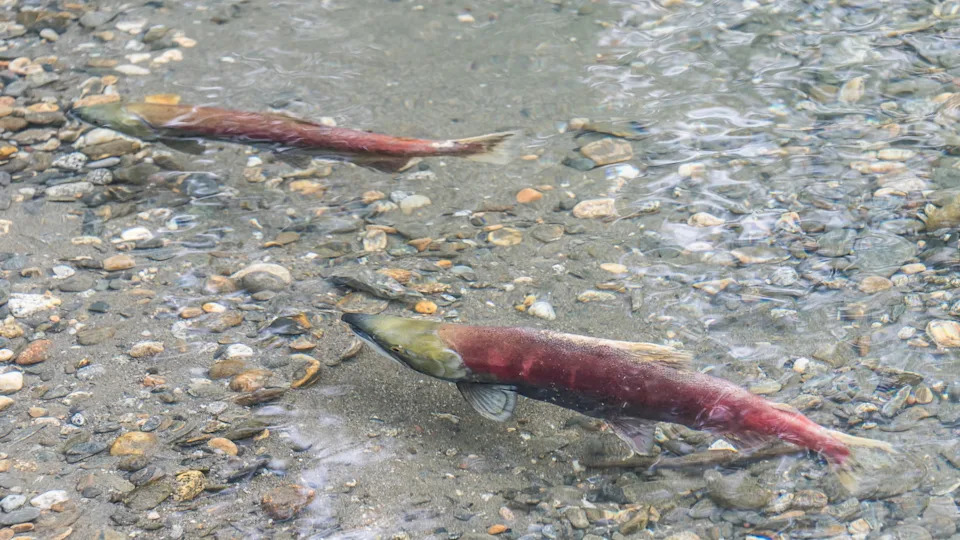To protect a chunk of Highway 1 in Northern California from erosion, CalTrans moved the road inland. No one expected ecological benefits to blossom from the decision, but months after the realignment, the land is returning to its previously thriving ecosystem.
The highway was shifted about 350-400 feet inland and lifted onto piers, creating space for Scotty Creek to flow naturally into the ocean and for nearby wetlands to reopen.
Crews removed mid-century culvert and road fill that had long blocked fish passage, while also setting aside funds to clean up old debris and restore the creek, wetlands, and coastal prairie. The former roadbed isn’t going to waste either; it’s being repurposed to improve coastal access with new staging areas and trail connections for the public.
Officials clarified for The Sonoma County Gazette that Coho salmon, which are listed as endangered, could not easily move through the culvert when Highway 1 was closer to the ocean.
Worried about the dwindling populations of Coho Salmon in California, the National Oceanic and Atmospheric Administration (NOAA) stated for The Sonoma County Gazette, “The [coho] species are far below our recovery targets in all of their populations.”
But now, the restored creek mouth creates a stable rearing habitat.
Instead of patching up the highway retroactively as erosion beats back the land, the proactive measure ensures long-term savings for Sonoma County. Meanwhile, the water quality is drastically improving without the culvert, which acted as a choke point that trapped debris and pollutants from road runoff.
The project also allows coastal access for tourists wishing to enjoy the ocean landscape, all the while creating a vastly safer roadway without risk of collapse from coastal erosion. This is helping the economy as residents, businesses, and tourists rely on the highway to remain stable and safe.
Officials were surprised by how quickly the ecosystem rebounded once the highway was moved. Within months, California red-legged frogs had returned to restored breeding ponds, while the endangered Myrtle’s silverspot butterfly began thriving in a new conservation area that protects its host plants—ensuring the species is no longer tied to the unstable shoreline.
The Sonoma County Gazette wrote such changes could be the future for most of the California coastline.
“Gleason Beach is a working template for other pinchpints where we’re throwing good money after bad on emergency fixes,” wrote The Sonoma County Gazette. “The ingredients that mattered here will matter elsewhere.”
|
Do you think America does a good job of protecting its natural beauty? Click your choice to see results and speak your mind. |
Join our free newsletter for good news and useful tips, and don’t miss this cool list of easy ways to help yourself while helping the planet.
Yahoo News – Latest News & Headlines
Read the full article .


